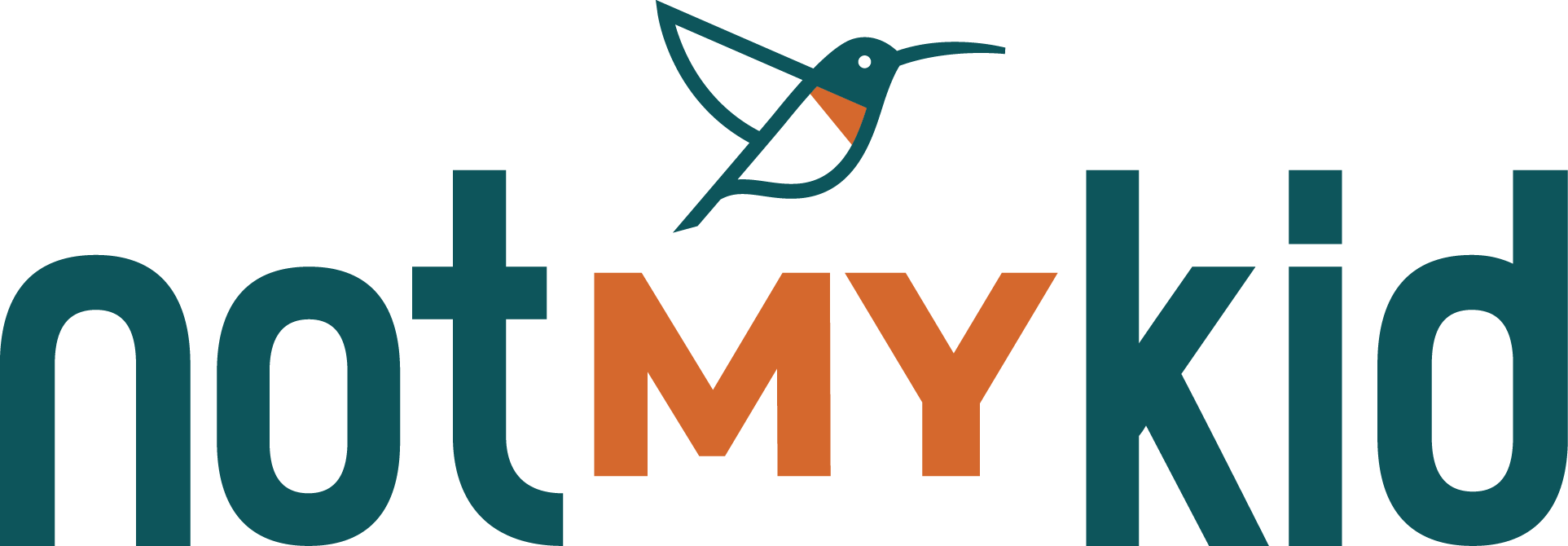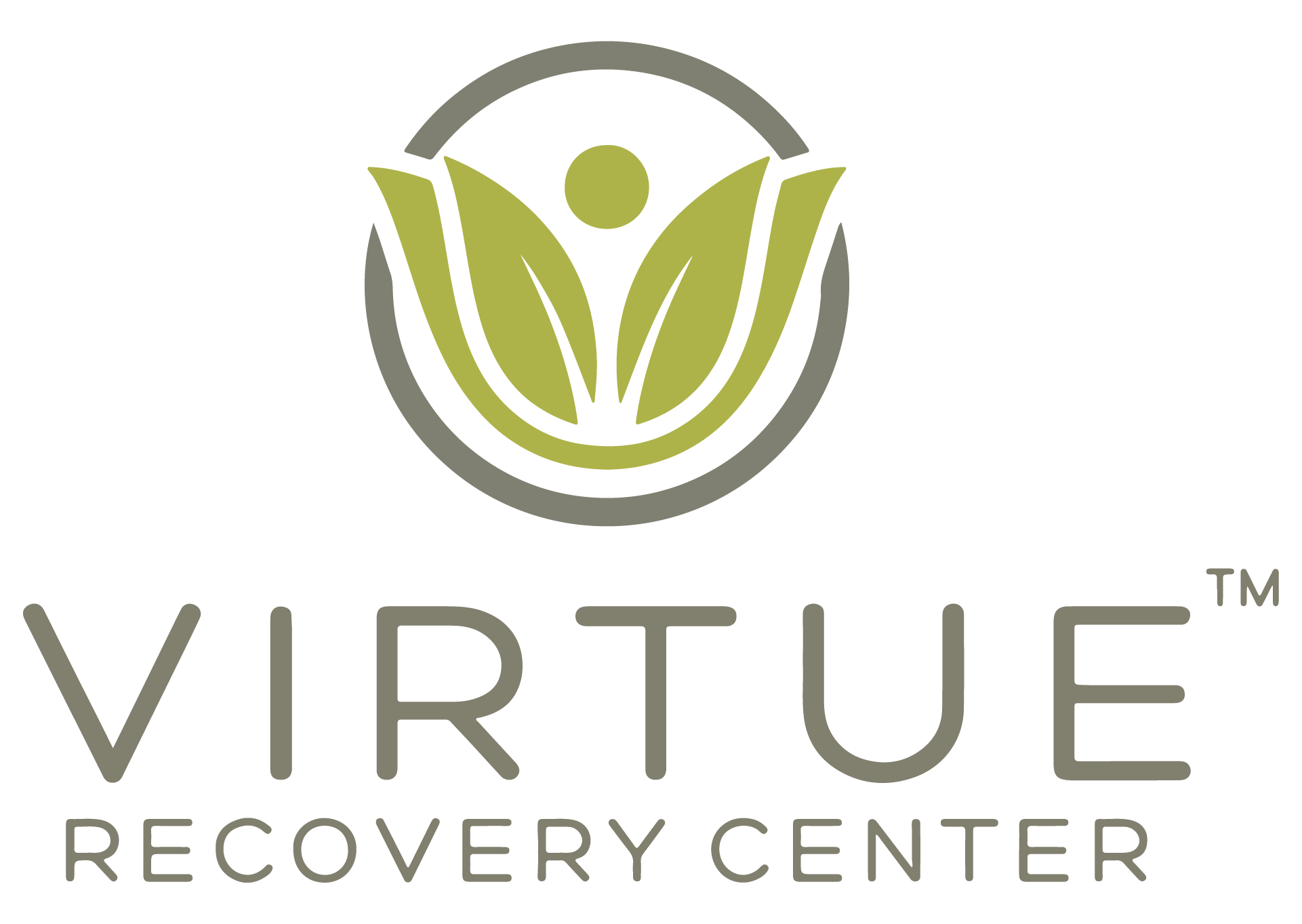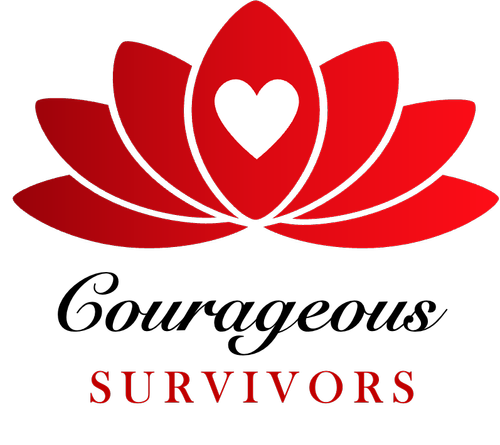Fentanyl and Meth Crisis in AZ
By Nick Jones, Director, Recovery in Motion
We know that fentanyl and meth, both highly addictive substances pose significant risks to individuals and our communities. Understanding the problems associated with addiction to these substances is crucial for addressing the issue effectively. Programs like Recovery in Motion Treatment Center in Southern Arizona are designed to provide comprehensive support and treatment to individuals struggling with addiction.
In the last three years, screening for substance use shows the most abused drugs are fentanyl and meth. Misusing these substances can have severe health consequences and be potentially life-threatening.
Fentanyl Addiction
Fentanyl is such a powerful synthetic opioid pain reliever it is estimated to be 50 to 100 times more potent than morphine. While it does has legitimate medical uses, it is illegally manufactured and sold on the black market. The problems associated with fentanyl addiction include:
Overdose Risk: Because fentanyl is so potent the smallest amount can lead to overdose and/or death. Illicitly produced fentanyl is often mixed with other drugs, such as heroin, meth, or cocaine, increasing the risk of unintentional overdoses.
Physical and Psychological Dependence: Fentanyl is a powerful, dangerous drug and using it can quickly lead to physical and psychological dependence. Users may experience intense cravings, withdrawal symptoms, and struggle to quit using the drug.
Health Consequences: Chronic use can lead to various health issues, including respiratory problems, heart complications, mental health disorders, and damage to vital organs.
Addiction to Meth
Methamphetamine, commonly known as meth, is a powerful stimulant drug that affects the central nervous system. The problems associated with meth addiction include:
Addiction and Tolerance: Meth is highly addictive and repeated use can lead to tolerance where users require increased amounts of the drug to achieve the desired effects. This can result in a vicious cycle of escalating use and addiction.
Physical and Mental Health Effects: Using meth can lead to severe physical and mental health consequences, such as cardiovascular problems, dental issues (“meth mouth”), anxiety, paranoia, hallucinations, and cognitive impairment.
Social and Economic Consequences: Meth addiction often leads to strained relationships, loss of employment, financial difficulties, legal problems, and overall deterioration of an individual’s quality of life.
Recovery in Motion Treatment Center, located in Tucson, AZ, is among the programs working to address these addiction problems, providing comprehensive and personalized treatment approaches that include:
Residential Treatment: Treatment programs with housing has proven to be very effective. Providing a structured environment for individuals is important. These programs typically include individual and group therapy, family involvement, educational sessions, and holistic approaches to healing.
Outpatient Services: Offer flexibility, allowing individuals to receive treatment while still working full time and maintaining their daily responsibilities. Outpatient services are suggested for individuals who do not require 24/7 supervision.
Aftercare and Relapse Prevention: Substance use programs recognizes the importance of long-term recovery support, by providing aftercare programs and relapse prevention strategies to help individuals transition back into society and maintain their sobriety.
A high-quality substance use treatment program will employ trained professionals, including addiction counselors, therapists, and medical staff, who are experienced in treating substance use disorders. They focus on addressing the underlying causes of addiction, developing coping skills, and providing ongoing support to individuals and their families.
By offering a comprehensive range of services, programs like Recovery in Motion Treatment Center aim to help individuals overcome fentanyl and meth addiction, promoting long-term recovery and improved quality of life. Embracing Medically Assisted Treatment (MAT) has proven to save lives, as is utilizing the proper treatment modalities to meet each client’s needs. We strongly encourage anyone struggling to seek help from a medical professional and a trusted substance use treatment program. They can provide guidance, support, and resources to assist in addressing these issues.
Fentanyl Data in Arizona
In 2022 there were 3,328 non-fatal overdose events and 1,931 opioid deaths.
During 2020 and 2021, rates for opioid overdoses were highest among people ages 25-34 and among men.
The number of opioid deaths peaked in July 2020 and leveled off in 2021.
Heroin deaths decreased 68% from a high of 352 in 2018 to 111 in 2021.
Rates of opioid deaths were highest in Pima, Maricopa, Yavapai, and Gila counties during 2020 and 2021.
In 2021, there were more than 52,000 opioid-related hospitalizations and emergency department visits in Arizona costing a total of $2.2 billion.
More than 9 Arizonans a day experience non-fatal opioid overdoses.
In 2023 there has been 464 deaths so far in Arizona.(as of May 1, 2023)
For more information Recovery in Motion or call (844) 810-1599.



































